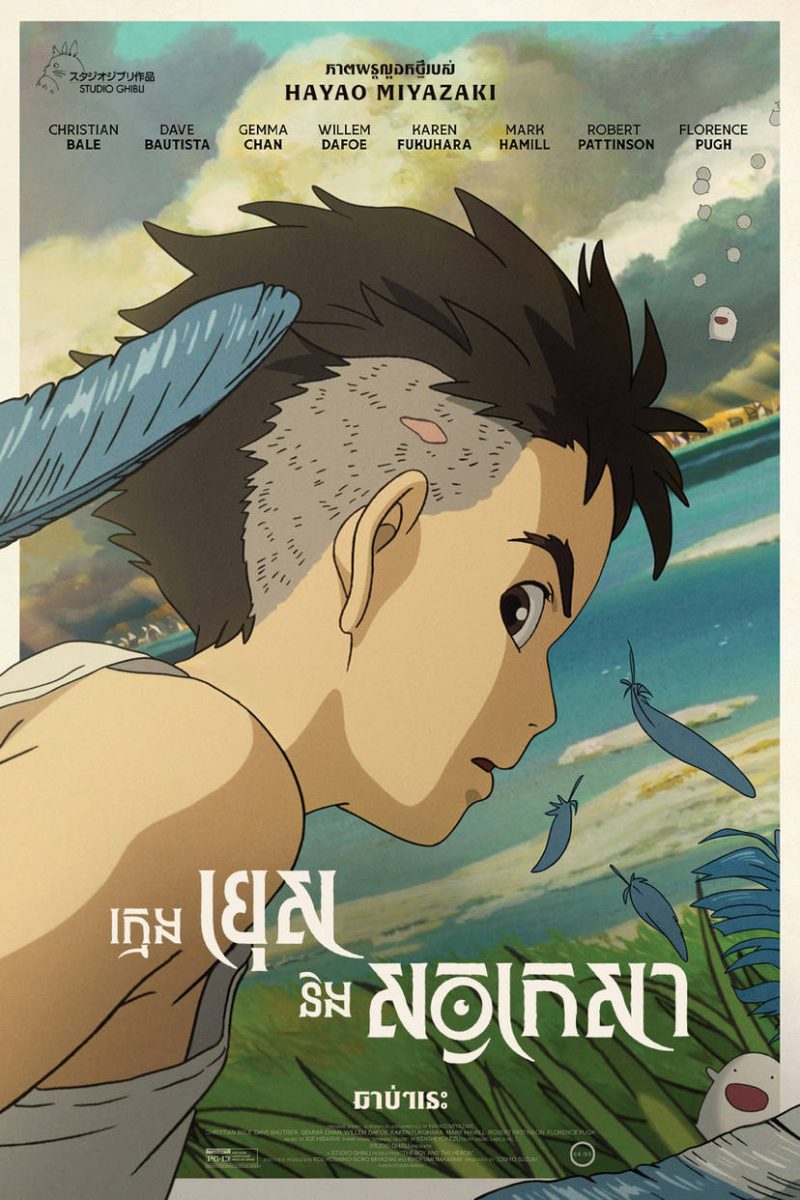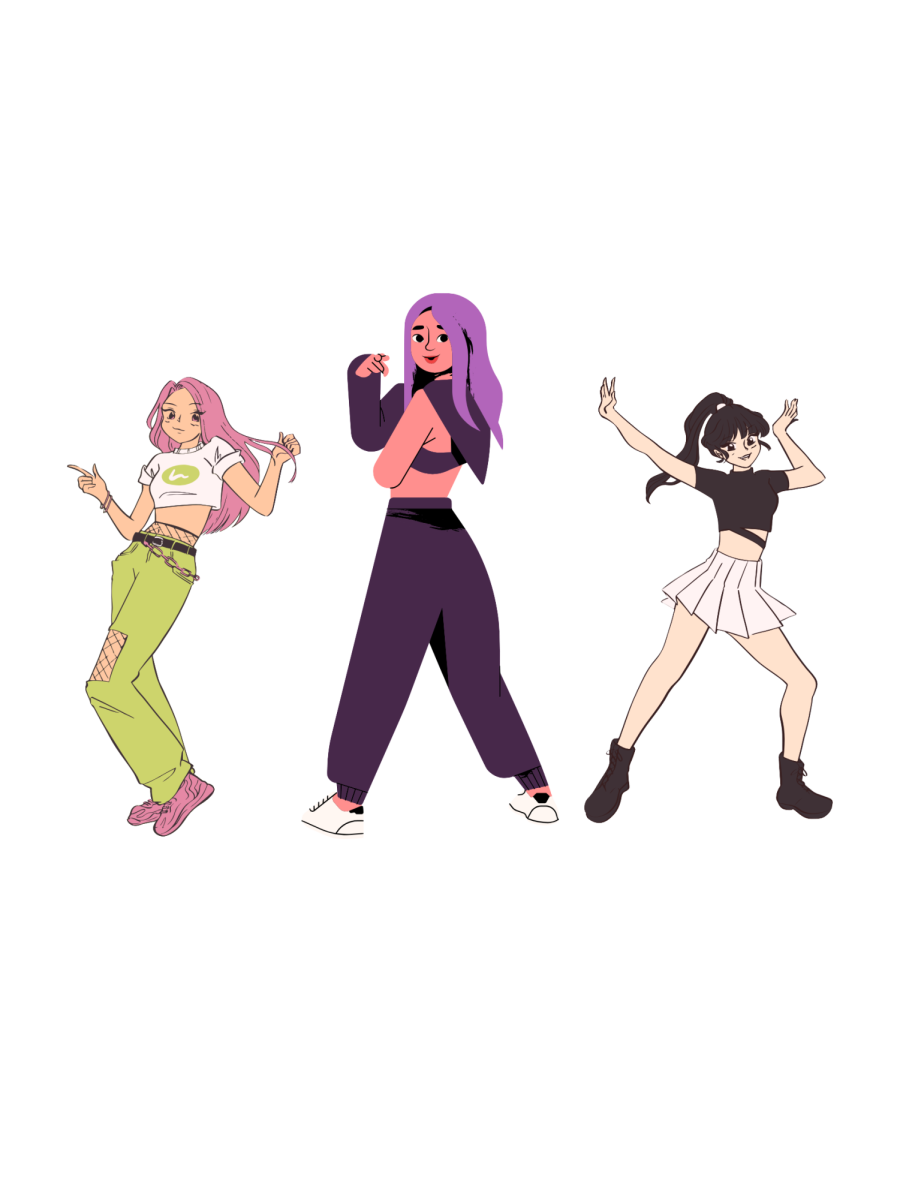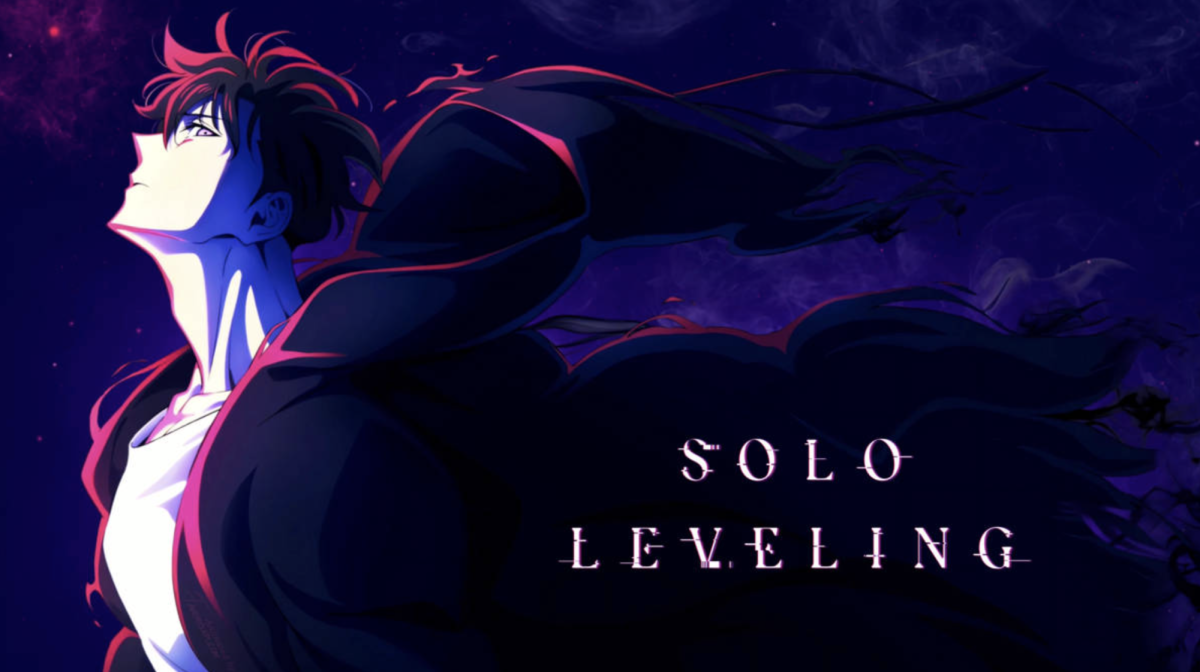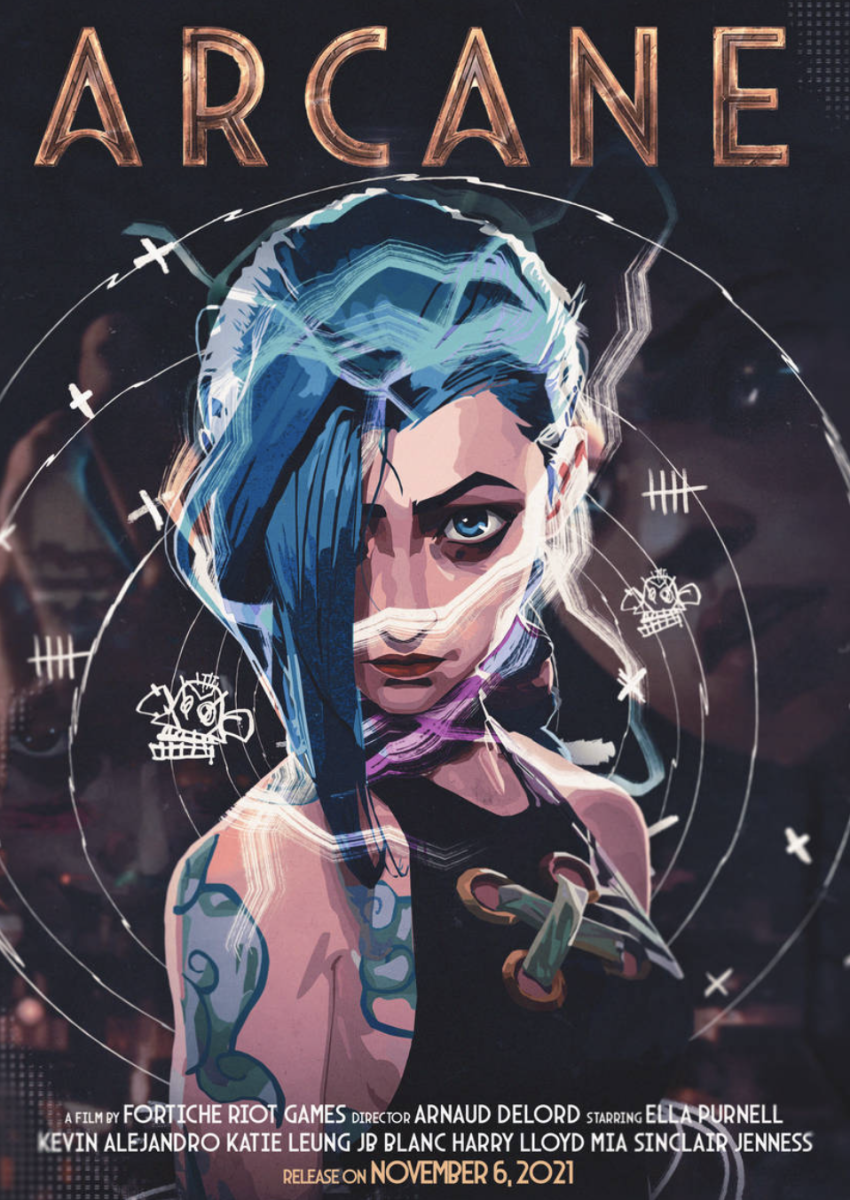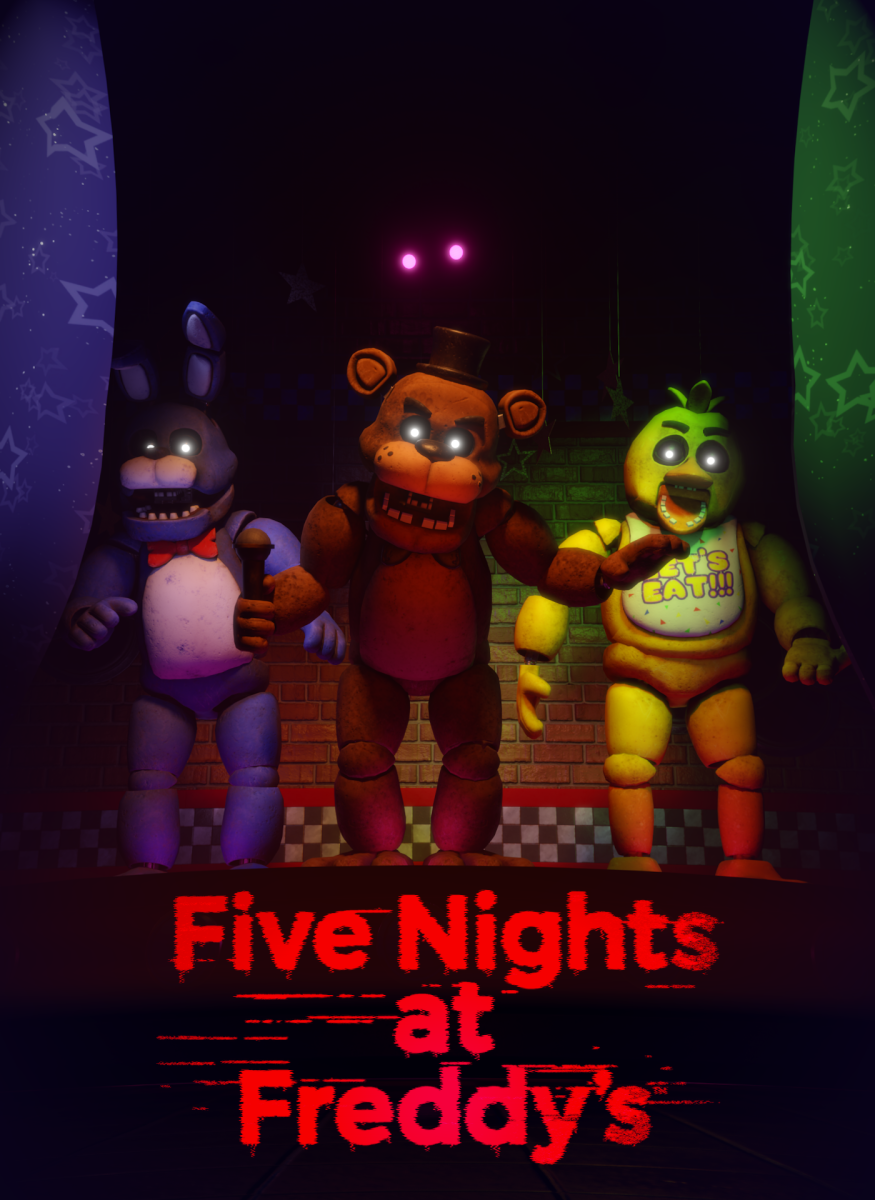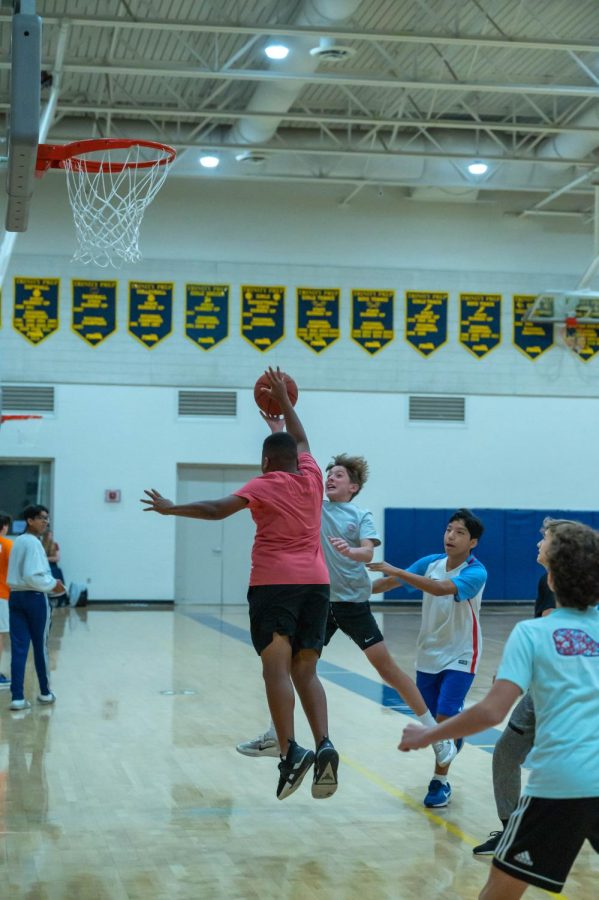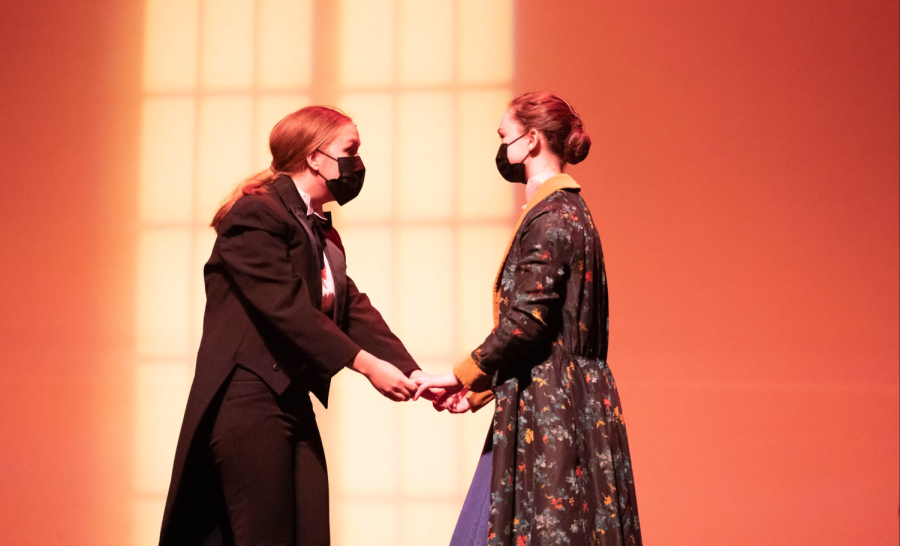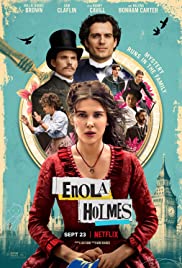In a visually rich display of adventure and coming of age, “The Boy and the Heron” possibly marks world-famous director and animator Hayao Miyazaki’s final venture in moviemaking. Miyazaki’s Studio Ghibli dedicated seven years to the making of the movie, which topped the North American box office and won a Golden Globe award — a first for Miyazaki. Miyazaki applied his typical authentic style to create fantastical beings and a magical world straight from a child’s mind.
Set in the closing years of World War II, the film follows Mahito, an 11-year-old Japanese boy, who has been left scarred and traumatized by the loss of his mother in a hospital fire. Shortly after moving to his new stepmother’s countryside estate, Mahito discovers a mysterious, isolated tower nearby with the help of a peculiar, talking heron. Lured by the heron’s promise of reuniting him with his mother, who the heron claims is still alive, Mahito enters the tower and unlocks a supernatural world filled with his family’s secrets.
The best part about watching an animation is that it allows objects, actions and characters never found in the real world to come to life on the screen. The alternate world in this film is awe-inspiring and demonstrates Miyazaki’s vivid imagination to the fullest. When Mahito enters the magical realm, he encounters a mix of real people and strange, mystical creatures. As he makes his way throughout the world, he flees from evil human-sized parakeets, watches blob-shaped “warawara” spirits ascend to be born on Earth and even discovers a hallway of doors leading to different points in time in the real world. Throughout Mahito’s adventure, it becomes obvious that the movie leans toward the darker side in terms of visuals, as it deals with more serious themes than some of the other movies that Miyazaki has created.
These themes, such as growing up and coping with loss and grief, were the part of the film that resonated the most. Mahito was continuously haunted by visions of his deceased mother throughout the first half of the movie. However, by the end of the movie, after his mishaps and adventures in the magical world, Mahito demonstrates that he is ready to accept the loss of his mother and also accept his stepmother into his life. Kenshi Yonezu’s beautiful single “Spinning Globe” which plays during the credits perfectly reinforces the fact that no matter what happens, the beautifully imperfect globe will continue to spin.
It is very apparent that Miyazaki put great care and effort into crafting the characters, which made the movie all the more captivating to watch. The design and depiction of the heron, especially, is a nuanced, two-sided character that has the viewer pondering about its true nature. The heron’s ability to transform from a graceful, beautiful bird to an ugly humanoid parallels the contrast between the heron’s good intent to guide Mahito along his journey and its deceiving, mischievous personality. The yin and yang of the gray heron also connects with its Japanese cultural significance as the symbol of both death and rebirth.
Part of what was intriguing about the movie is that the various characters in the movie seem to reflect different aspects of Miyazaki himself. The main character of Mahito is, in part, a mirror of Miyazaki’s childhood. Like Mahito, Miyazaki had to evacuate war-torn cities in Japan during WWII and endure difficulties at a young age because his mother spent a lot of time in the hospital. Miyazaki also was an introvert as a child, like Mahito. The wizened grand-uncle who is bent on preserving his “perfect,” malice-free world also seems to be a reflection of Miyazaki’s values of innocence and hope for a peaceful world. The resulting autobiographical feel gives the movie emotional depth and a unique glimpse into Miyazaki’s life.
“The Boy and the Heron” is a masterpiece that was beautifully crafted by a legendary director. If this ends up being Miyazaki’s last movie, it would be a great project to end on, especially because he incorporated parts of his life story into it. If you have enjoyed some of Miyazaki’s other famous films like “My Neighbor Totoro,” “Spirited Away” or “Howl’s Moving Castle,” I would highly recommend watching The Boy and the Heron when it begins streaming in July. Also, if you decide to watch the English dubbed version, Christian Bale, Willem Dafoe, Florence Pugh and other big names are featured as some of the voice actors. If anything, the tiny “warawara” spirits supply enough cuteness for all audiences to enjoy the movie.




